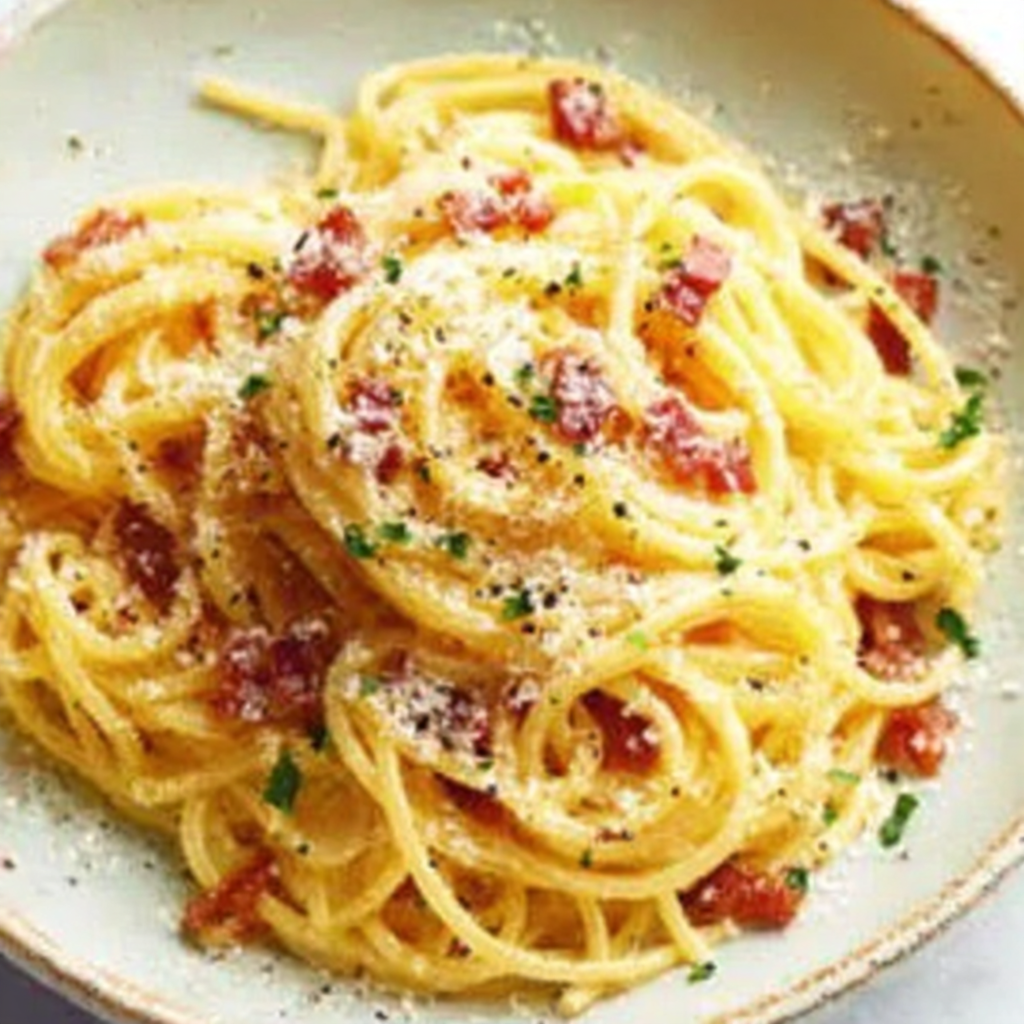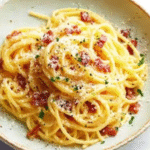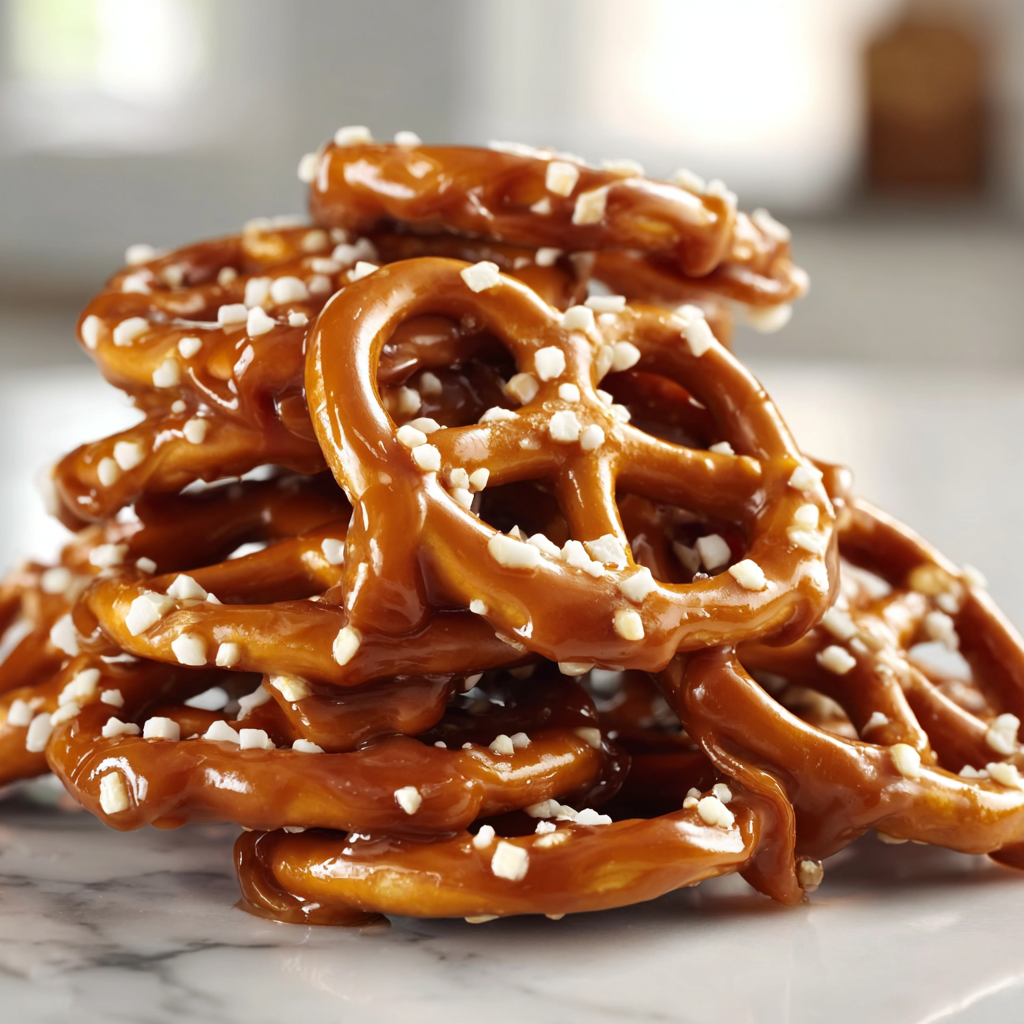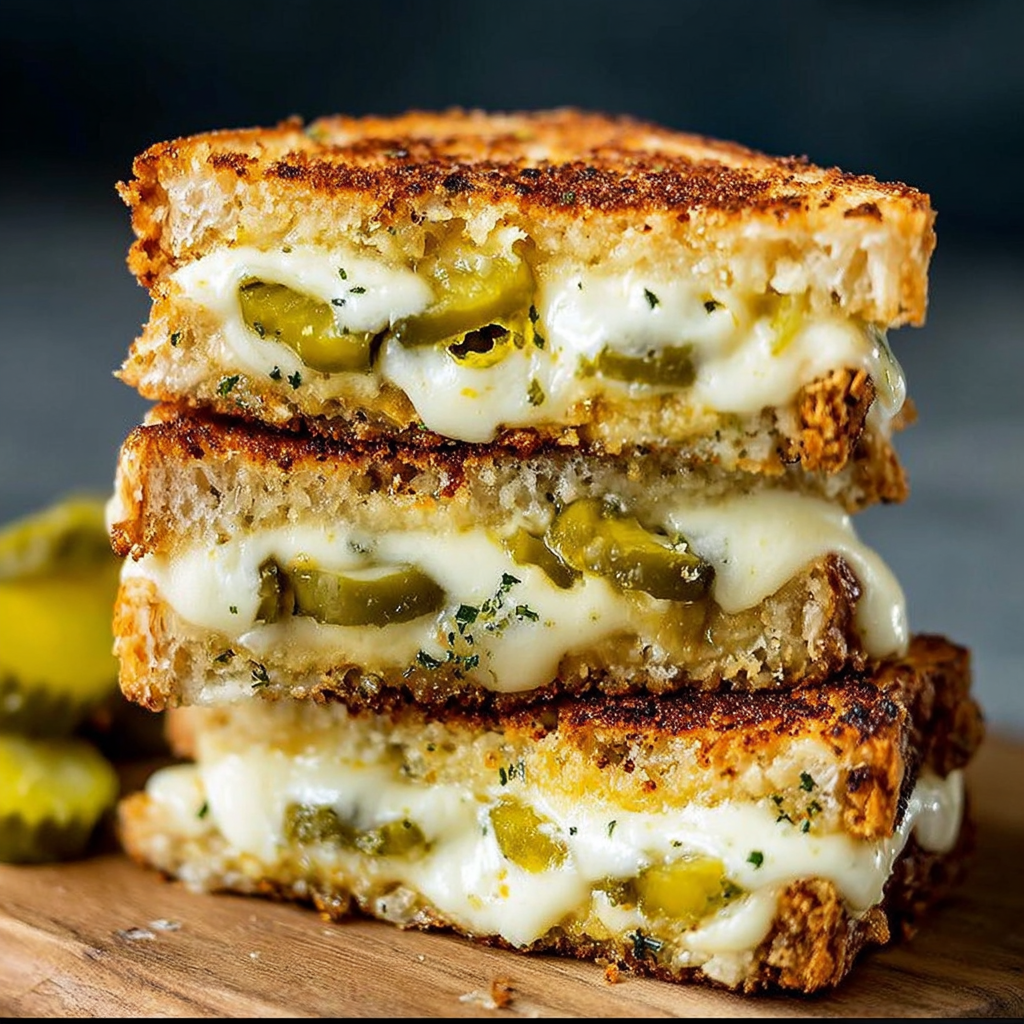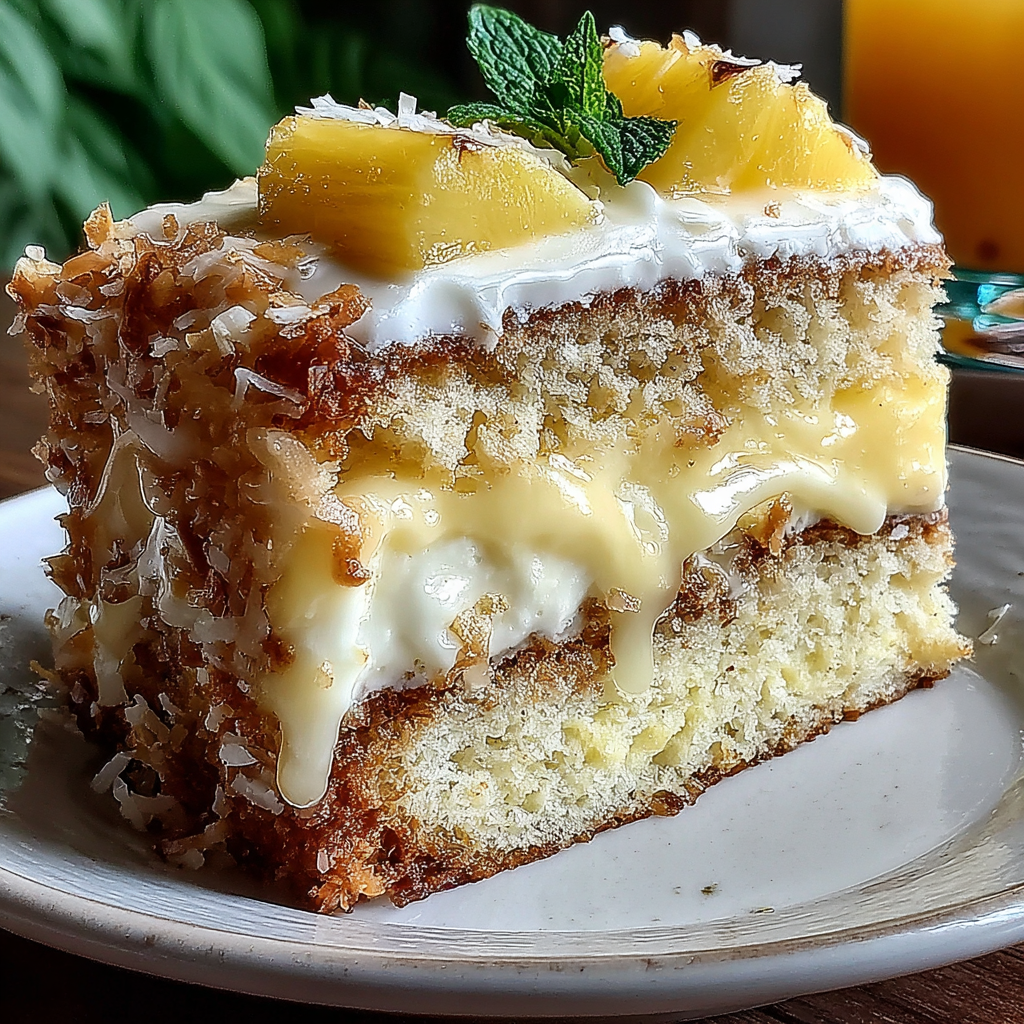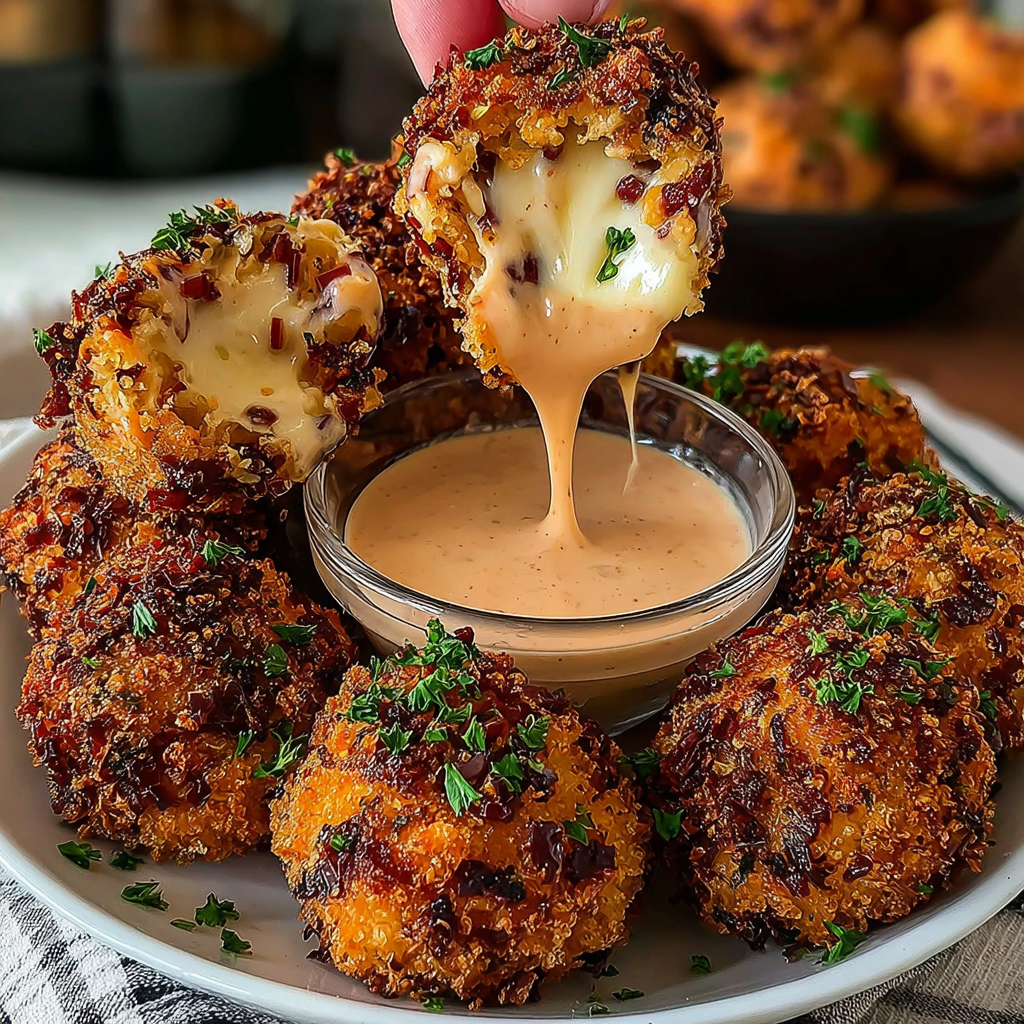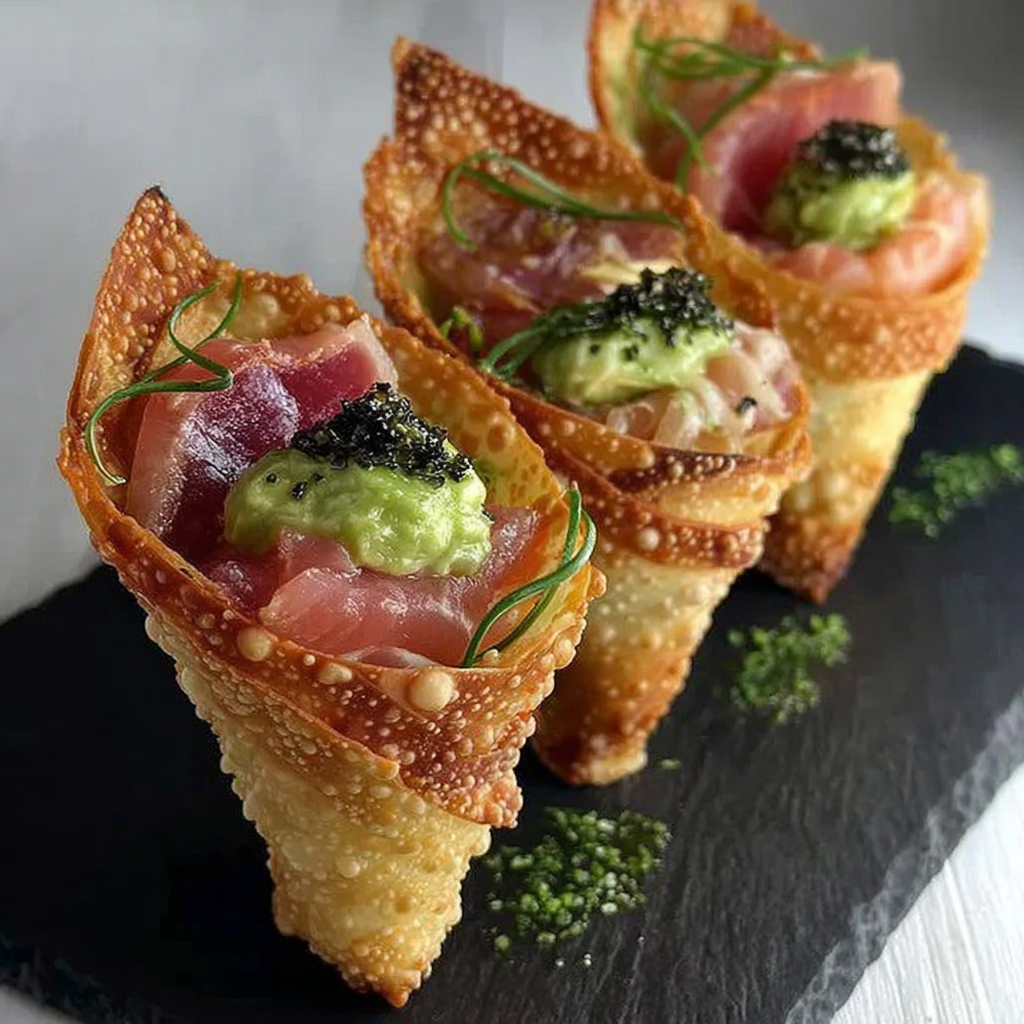Introduction
Spaghetti Carbonara is a dish that has captured the hearts of food lovers worldwide. Originating from Rome, Italy, this classic pasta recipe is celebrated for its simplicity and rich flavors. With just a handful of ingredients, Carbonara transforms into a delightful meal that embodies comfort and culinary tradition.
The essence of Carbonara lies in its creamy sauce made from eggs, cheese, and cured pork, typically pancetta or guanciale. It is a dish that exemplifies Italian cooking's philosophy: using quality ingredients and letting them shine. For home cooks, mastering this recipe can bring a taste of Italy right to your kitchen.
Ingredients
- 400g spaghetti
Spaghetti is the traditional pasta used for Carbonara. Its long, thin shape allows it to soak up the creamy sauce beautifully, creating a balanced dish. - 150g pancetta or guanciale
These cured meats add a savory depth to the dish. Pancetta is more widely available, while guanciale brings a richer flavor due to its higher fat content. - 3 large eggs
Eggs serve as the key binding ingredient, creating a luscious, creamy sauce when combined with cheese. They also contribute to the dish's richness. - 100g pecorino romano cheese
Pecorino Romano is a salty, hard cheese that enhances the Carbonara's flavor profile. It adds creaminess and a distinctive taste that is essential for authenticity. - Salt
Salt is crucial for flavor seasoning. It is primarily used in cooking the pasta, enhancing all subsequent flavors in the dish. - Freshly ground black pepper
This spice adds warmth and a hint of heat to the Carbonara. It not only enhances the flavor but also provides a lovely contrast to the creamy texture.
Directions & Preparation
Step 1: Cook the spaghetti in salted boiling water.
Begin by bringing a large pot of water to a boil and adding a generous amount of salt. Cooking the spaghetti in well-salted water is essential as it infuses the pasta with flavor. Follow package instructions for timing, usually around 8-10 minutes, until al dente. Remember to reserve a cup of pasta water before draining it.
Step 2: Sauté the pancetta or guanciale until crispy.
In a large skillet over medium heat, add the pancetta or guanciale. Sauté it until the fat renders out and the meat becomes golden and crispy. This process is crucial as it allows the pork to release its flavors into the oil, which will later coat the pasta, contributing to the dish's unique taste.
Step 3: Beat the eggs and mix in the cheese.
In a bowl, whisk together the eggs and grated pecorino romano until well combined. This mixture will become the creamy sauce as it coats the pasta. Be sure to use room temperature eggs for the best texture and to avoid scrambling when combined with hot pasta.
Step 4: Combine the spaghetti with the pancetta or guanciale.
Once the spaghetti is cooked and drained, add it directly to the skillet with the crispy pork. Toss the spaghetti in the rendered fat while it's still on the heat, allowing it to absorb the flavors. This step is vital for ensuring the pasta is well coated evenly.
Step 5: Remove from heat and add the egg mixture.
With the skillet off the heat, quickly pour the egg and cheese mixture over the spaghetti. Toss vigorously to coat the pasta without cooking the eggs. The residual heat will create a creamy sauce. If too thick, gradually add reserved pasta water until achieving the desired creaminess.
Step 6: Season and serve immediately.
Finish with a generous amount of freshly ground black pepper and more grated pecorino romano if desired. It’s best to serve Carbonara immediately for the creamiest texture. The heat from the pasta ensures that every ingredient melds beautifully, creating a dish that delights the palate.

The Importance of Quality Ingredients
In a dish as simple as Spaghetti Carbonara, the quality of every ingredient significantly impacts the final outcome. Selecting high-quality pancetta or guanciale, fresh eggs, and authentic pecorino romano can elevate your dish from ordinary to extraordinary. Fresh pasta is also recommended, as it provides a richer texture compared to dried options.
Timing is Everything
Perfecting the timing when preparing Carbonara is crucial. From boiling the pasta to combining it with the egg mixture, each step must be carefully synchronized to prevent the eggs from scrambling. Having all your ingredients prepped and ready will help you execute the recipe seamlessly, ensuring a luscious creamy sauce and al dente pasta.
Customizing Your Carbonara
While traditional Carbonara is satisfying, home cooks can add their touch. Consider including ingredients like peas for a pop of color and sweetness, or a hint of garlic for flavor. However, it's essential to remember that these additions can shift the dish further from its traditional roots.
FAQs
What should I do if my Carbonara is too thick?
If your Carbonara turns out too thick, gradually add reserved pasta water to the mixture, tossing thoroughly until you achieve the desired creaminess.
Can I scale this recipe for a larger gathering?
Yes, you can double or triple the ingredients while maintaining the same proportions. Just ensure you have a pot large enough for the pasta.
Why is my Carbonara bland?
Ensure you season the pasta water properly with salt, as this is your opportunity to infuse flavor. Additionally, check for enough cheese and black pepper in your mixture.
What if my egg mixture scrambles?
If the egg mixture scrambles, it likely wasn't stirred quickly enough when added to the hot pasta. To avoid scrambling, remove the skillet from heat before mixing.
Can I use bacon instead of pancetta?
While traditional Carbonara uses pancetta or guanciale, bacon can be substituted. However, it will change the flavor profile slightly due to its smokiness.
Is there a vegetarian version of Carbonara?
You can create a vegetarian Carbonara using mushrooms or plant-based bacon as a substitute for the meat, maintaining the creamy egg and cheese base.
Conclusion
Spaghetti Carbonara is more than just a meal; it is a celebration of Italian culture and culinary artistry. By understanding the fundamentals behind this dish, you can recreate its magic in your home.
As with many classics, feel free to experiment within the bounds of tradition. Whether sticking to the classic recipe or making it your own, enjoy the journey of cooking and, of course, the delightful results.
Recipe Card
Spaghetti Carbonara – A Timeless Italian Classic
Ingredients
- 400 g spaghetti
- 150 g pancetta or guanciale
- 3 large eggs
- 100 g pecorino romano cheese
- Salt
- Freshly ground black pepper
Instructions
- Cook the spaghetti in salted boiling water.
- Sauté the pancetta or guanciale until crispy.
- Beat the eggs and mix in the cheese.
- Combine the spaghetti with the pancetta or guanciale.
- Remove from heat and add the egg mixture.
- Season and serve immediately.
Notes
Additional serving suggestions: pair with a crisp salad, garlic bread, or roasted seasonal vegetables for balance.
For make-ahead, prep components separately and assemble just before heating to preserve texture.
Taste and adjust with acid (lemon/vinegar) and salt right at the end to wake up flavors.
